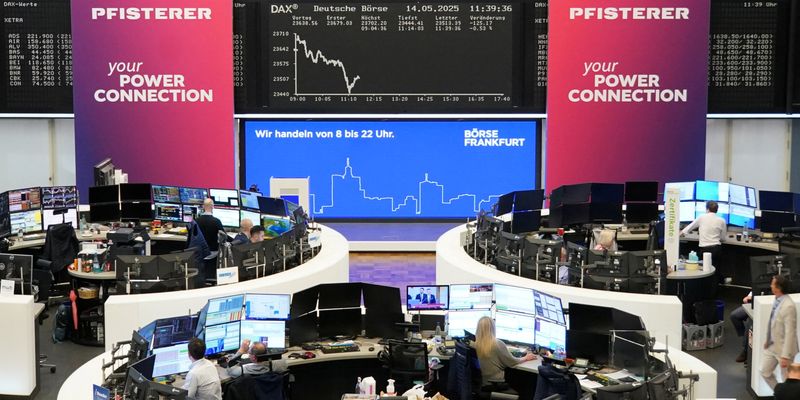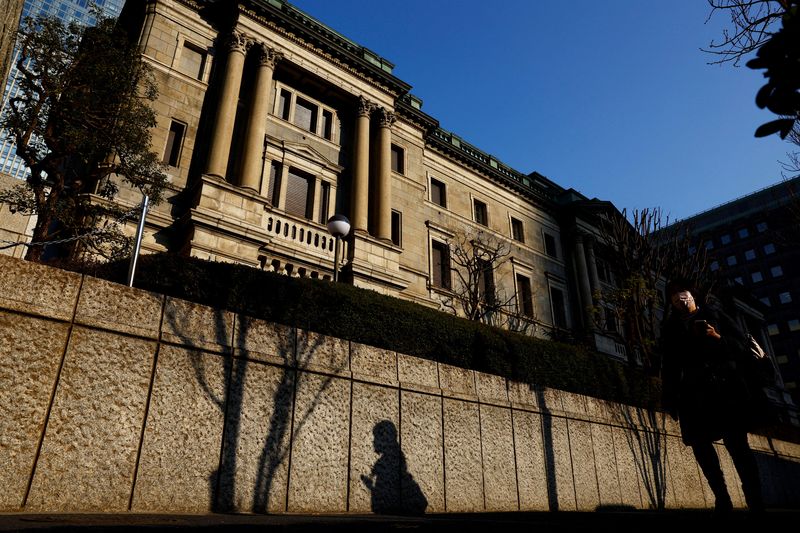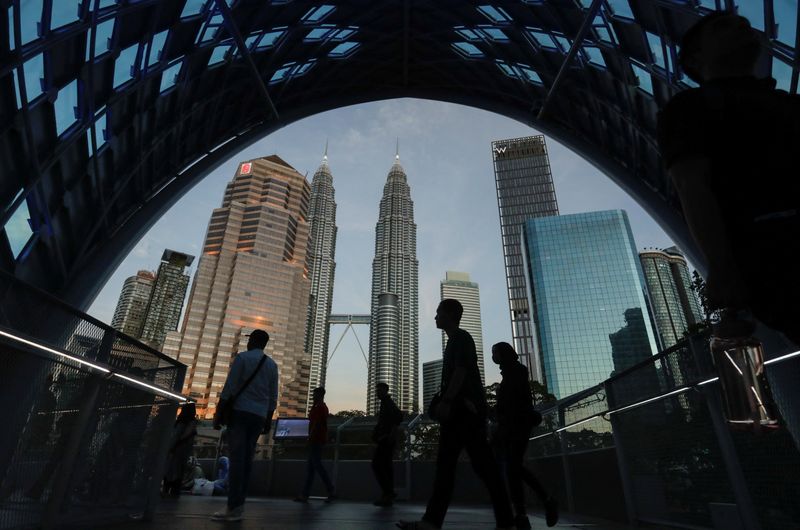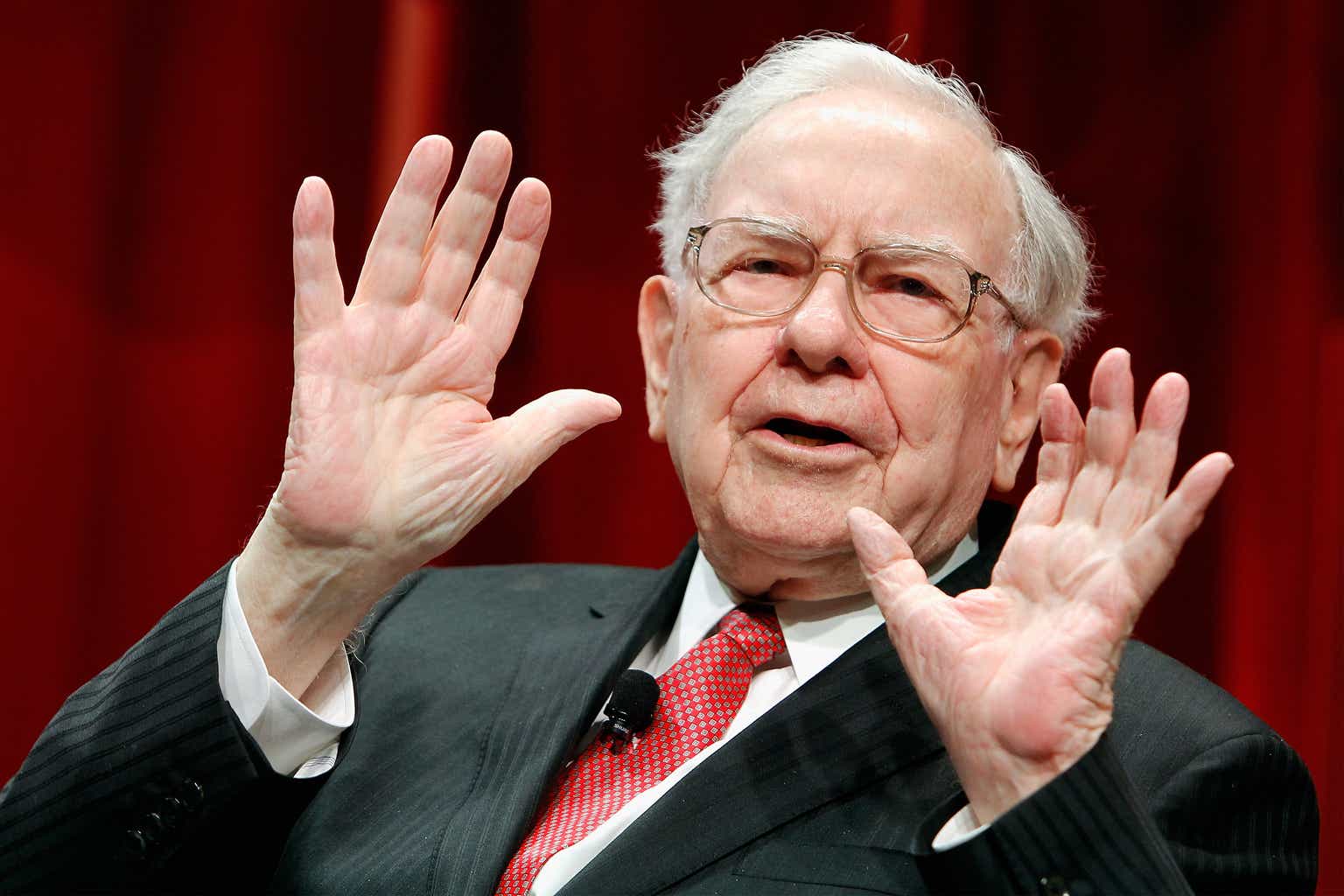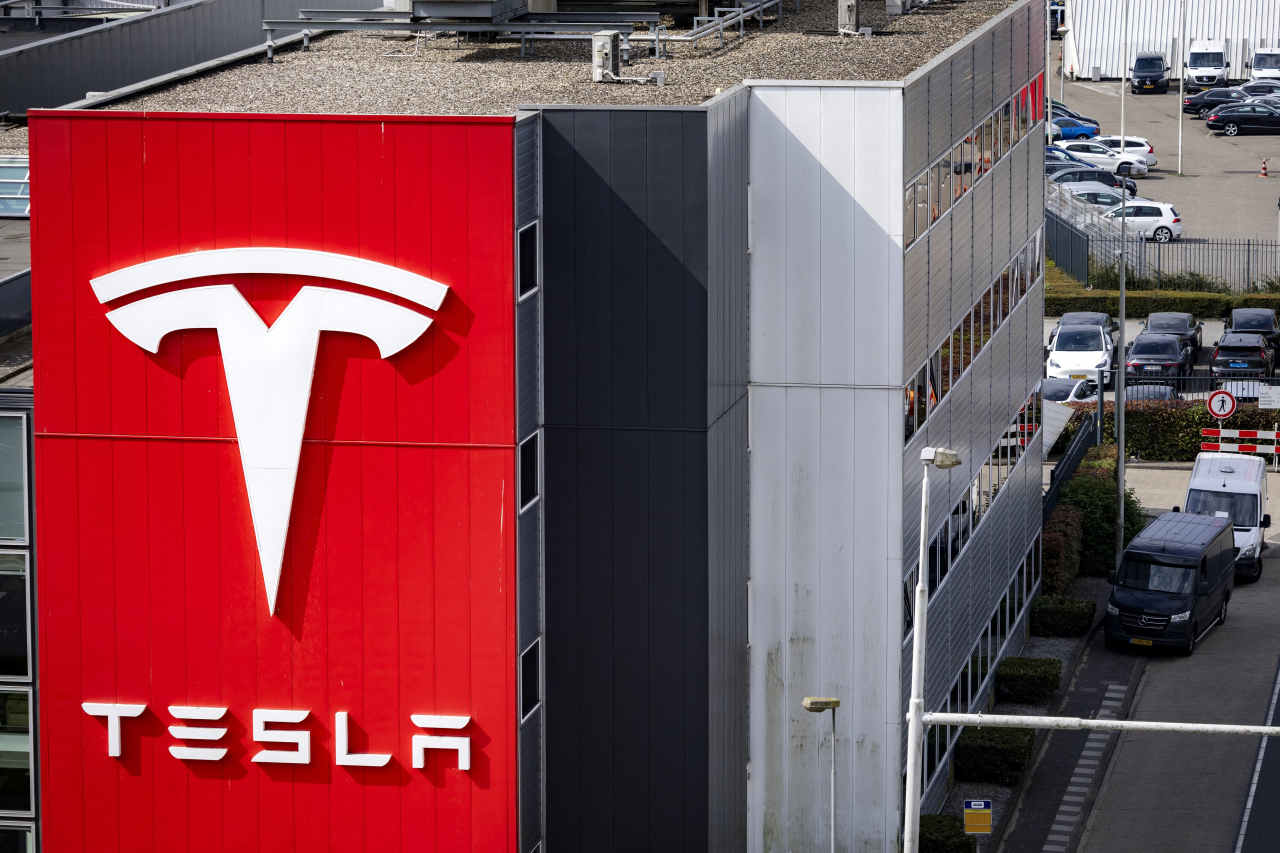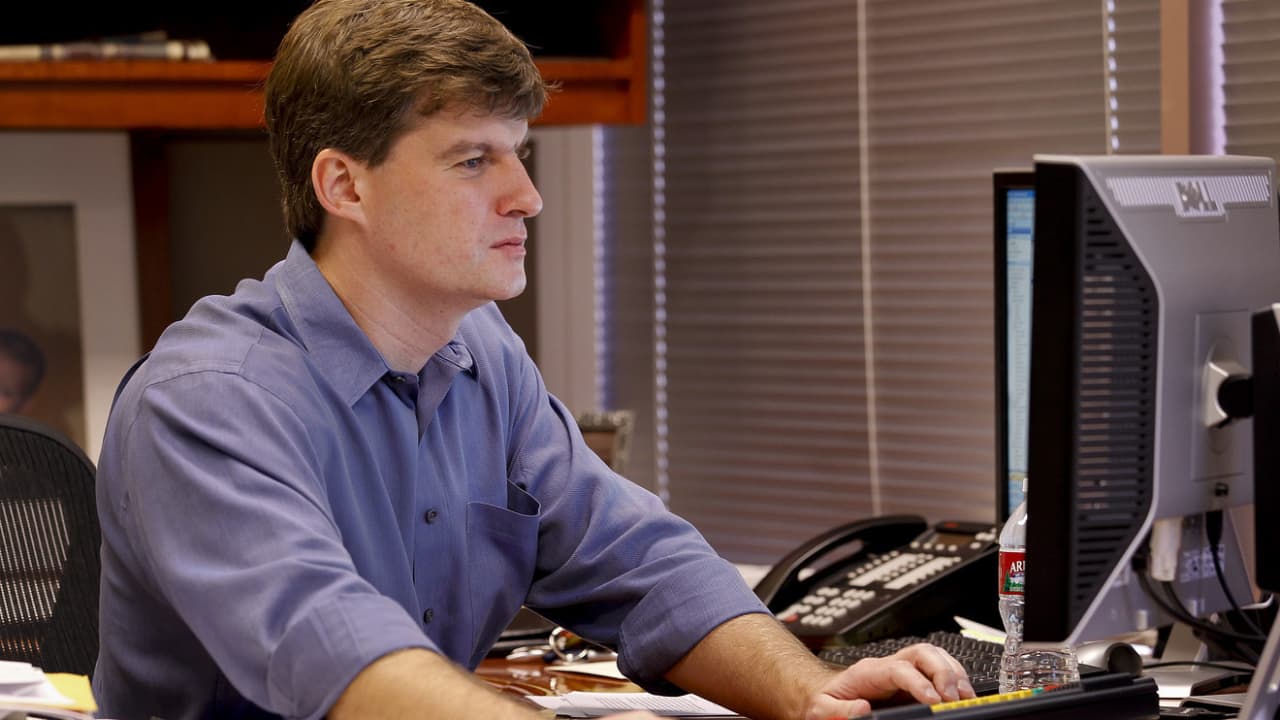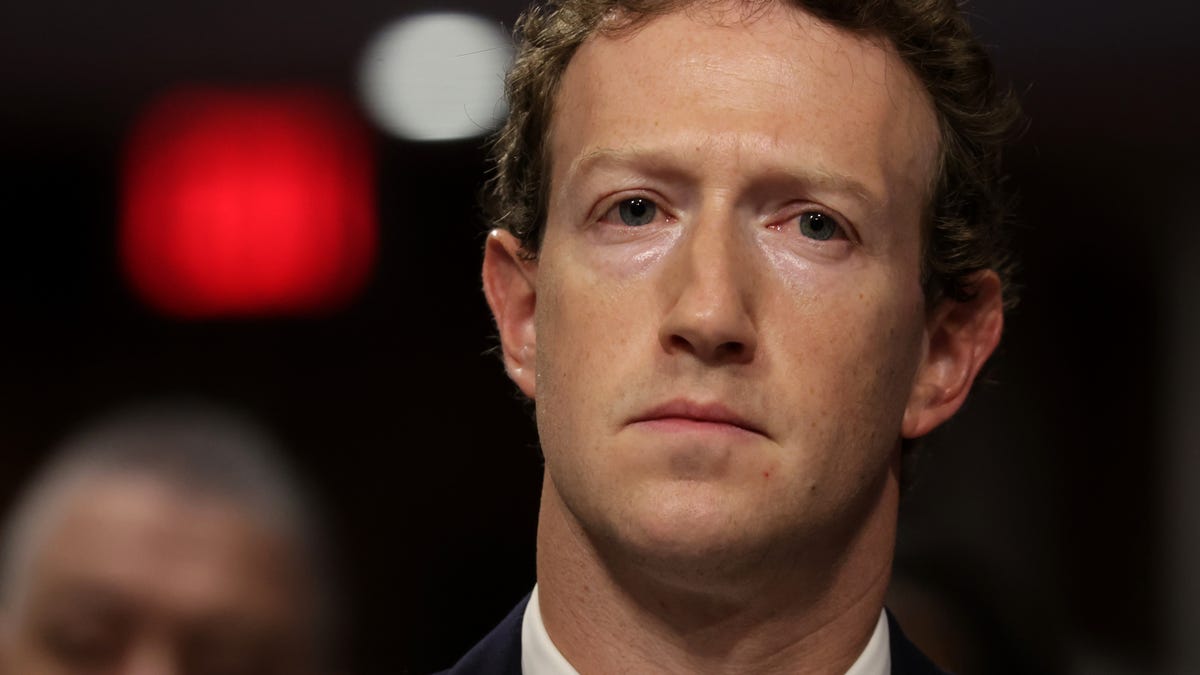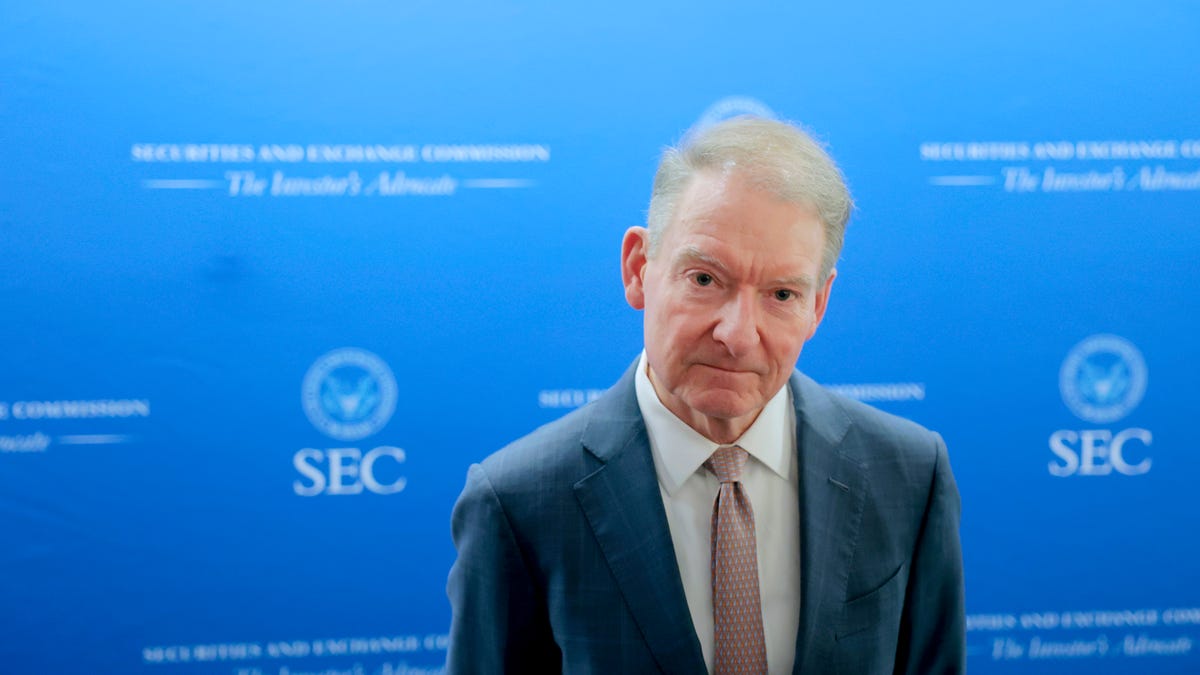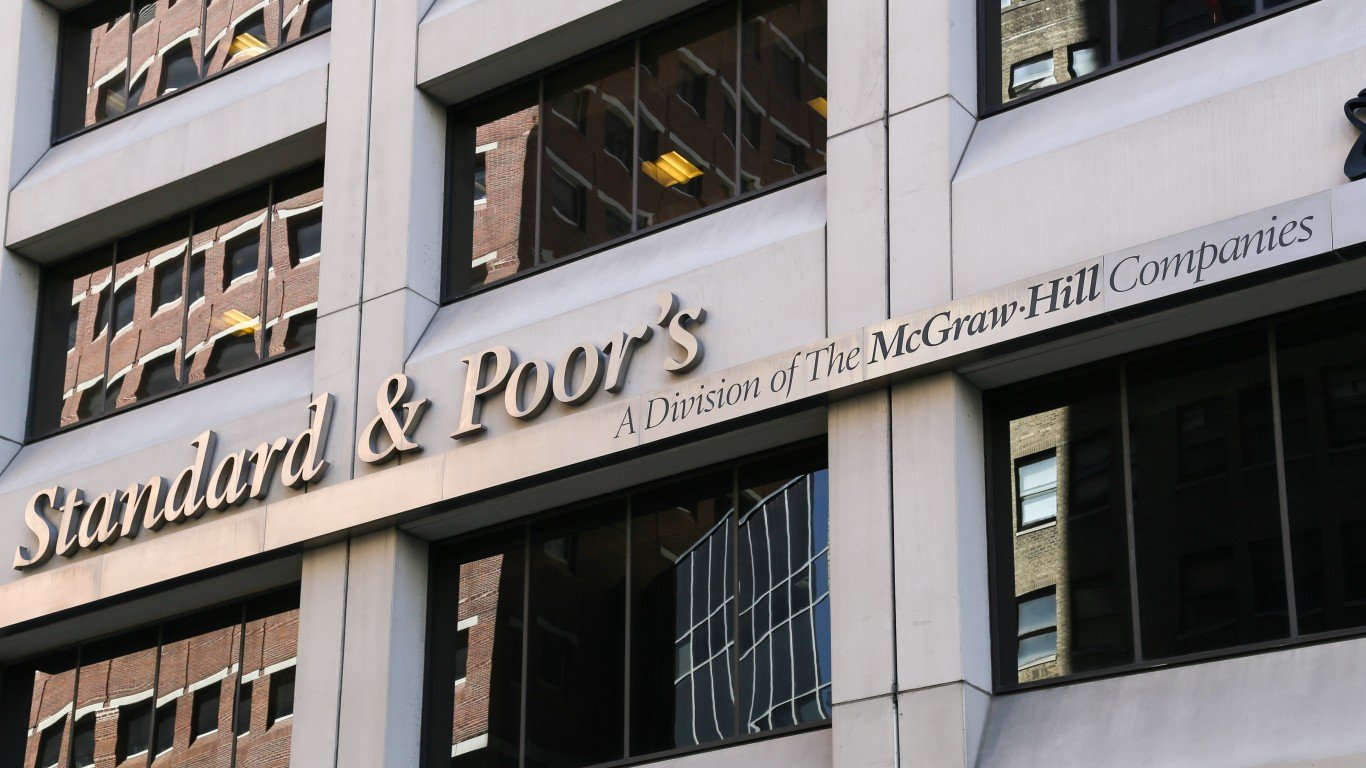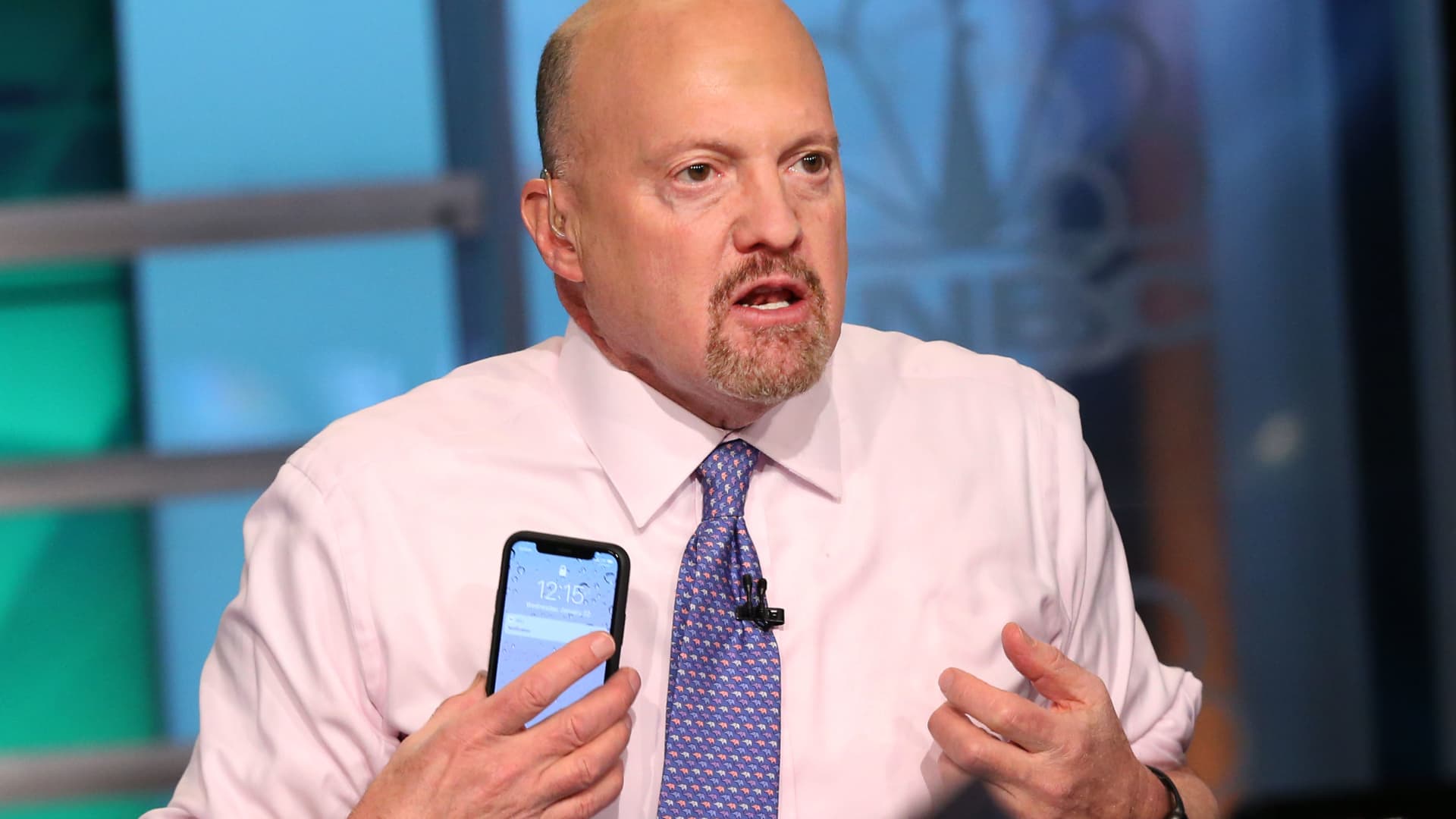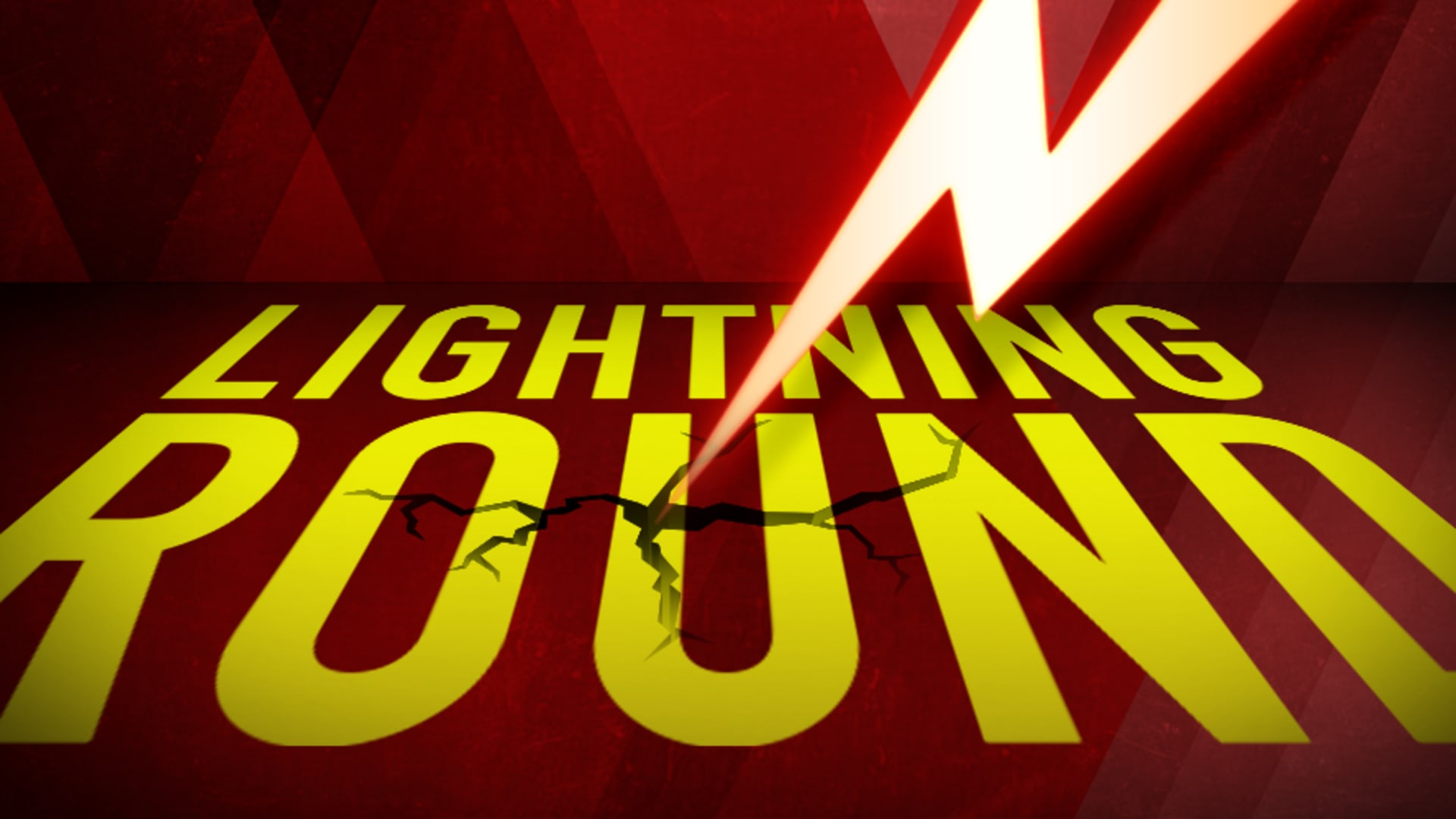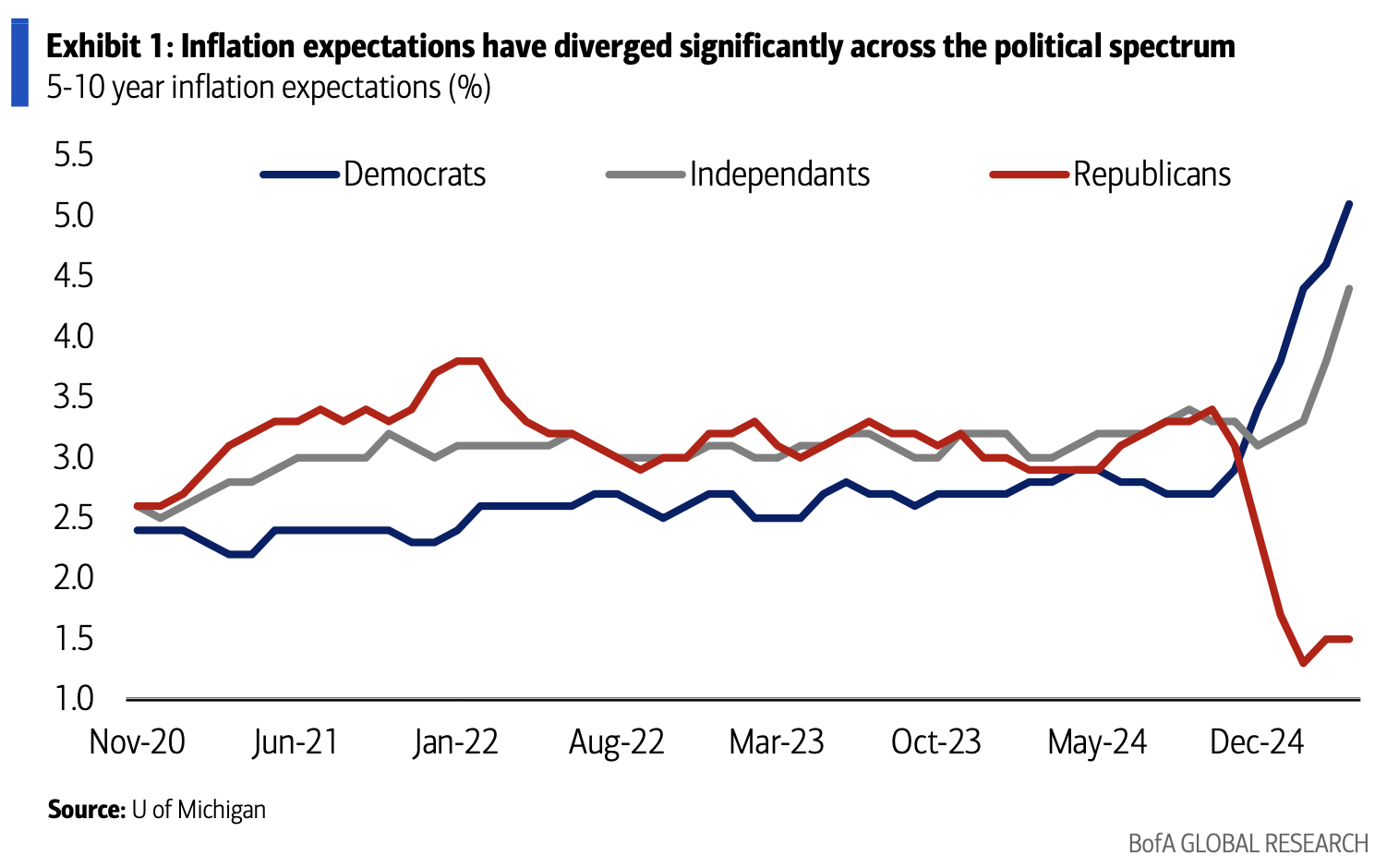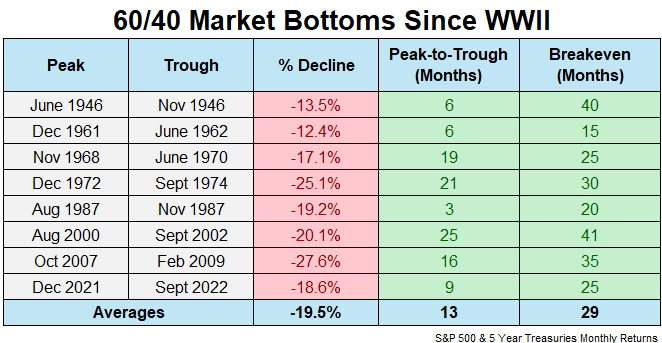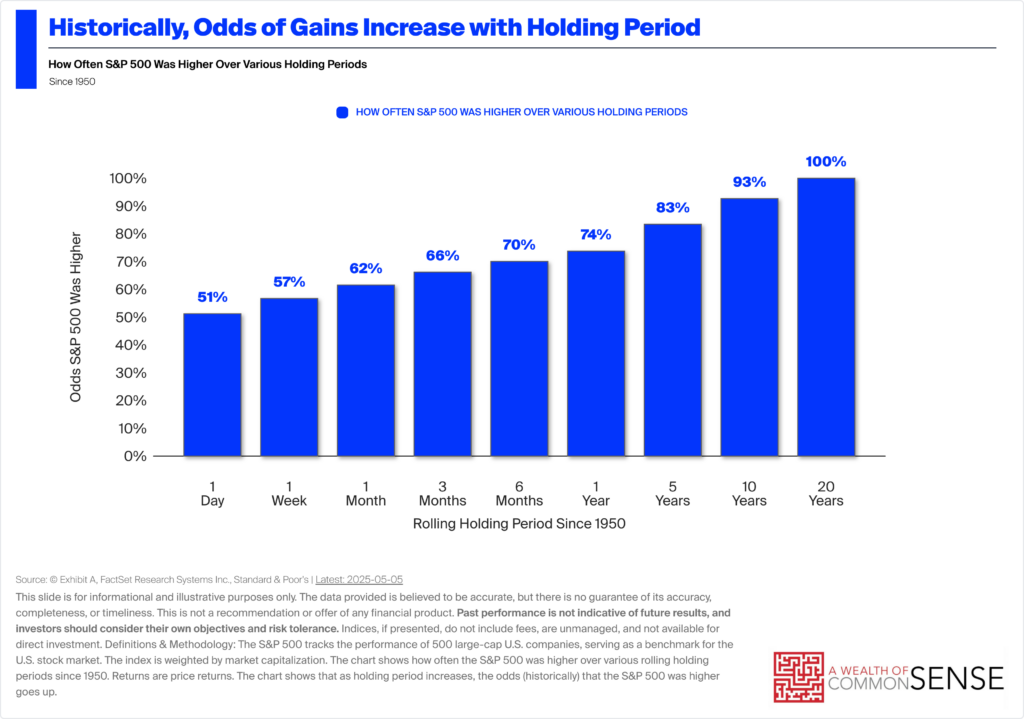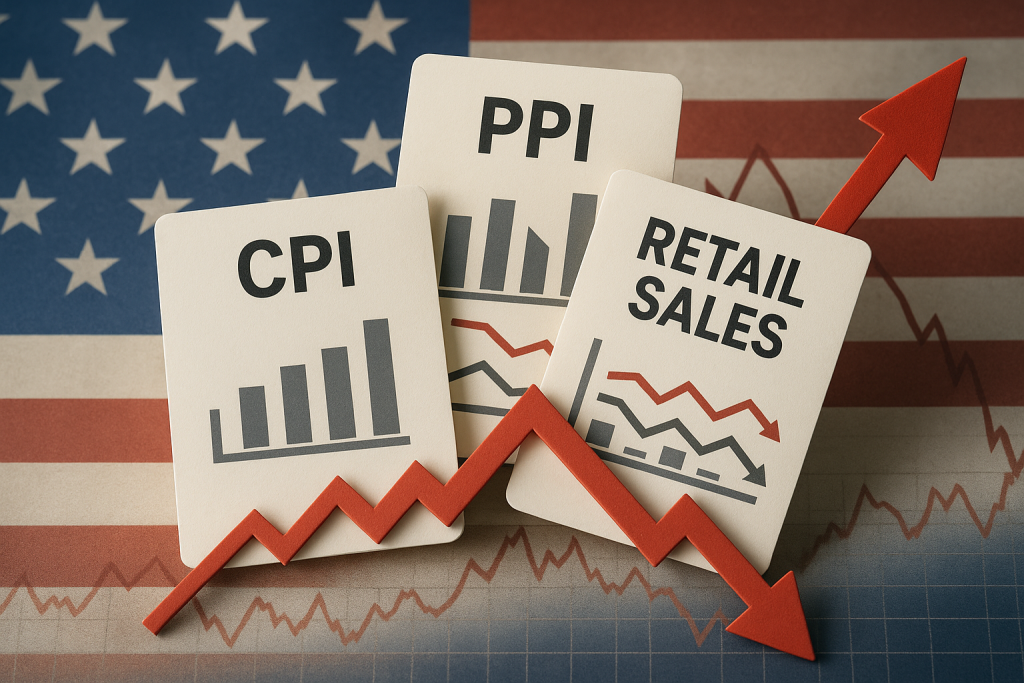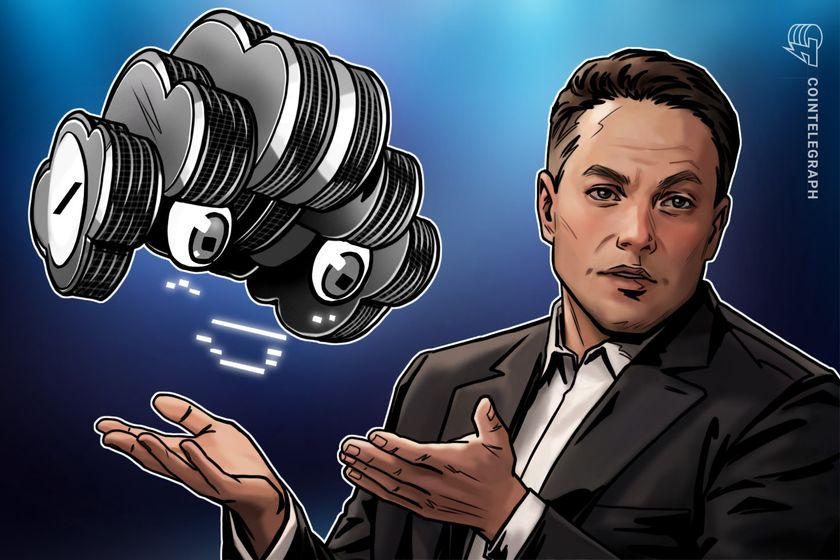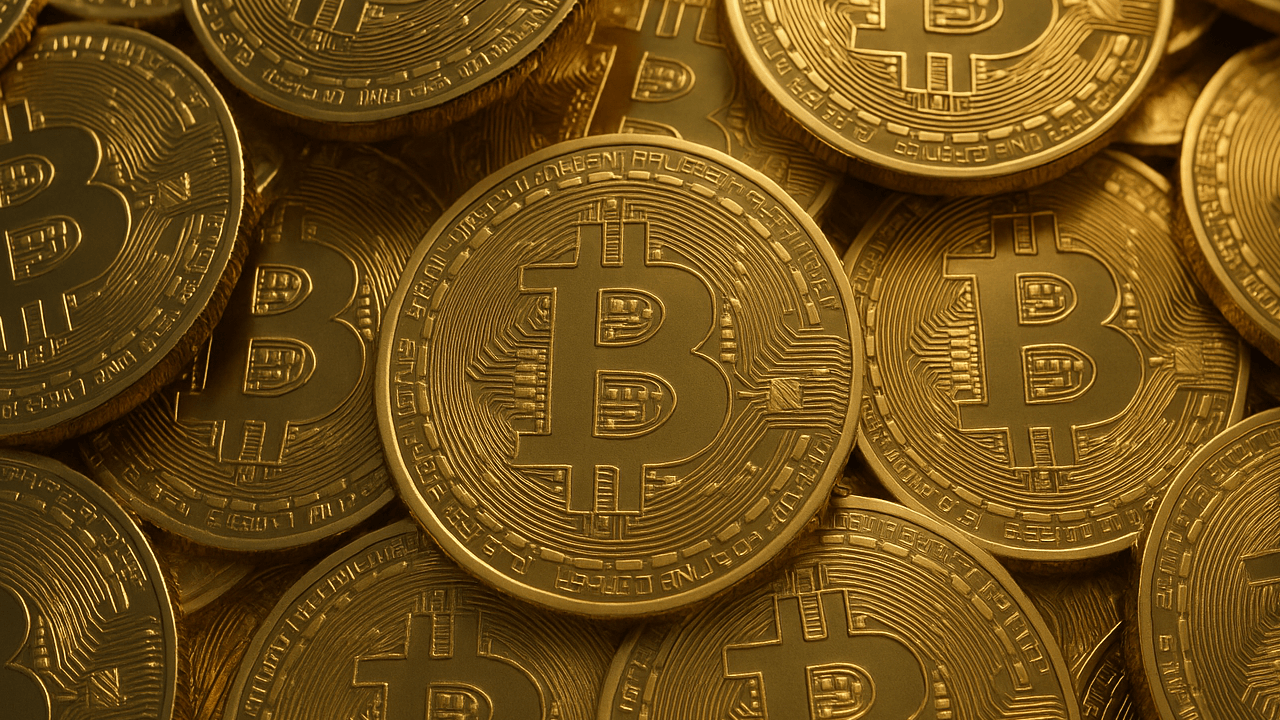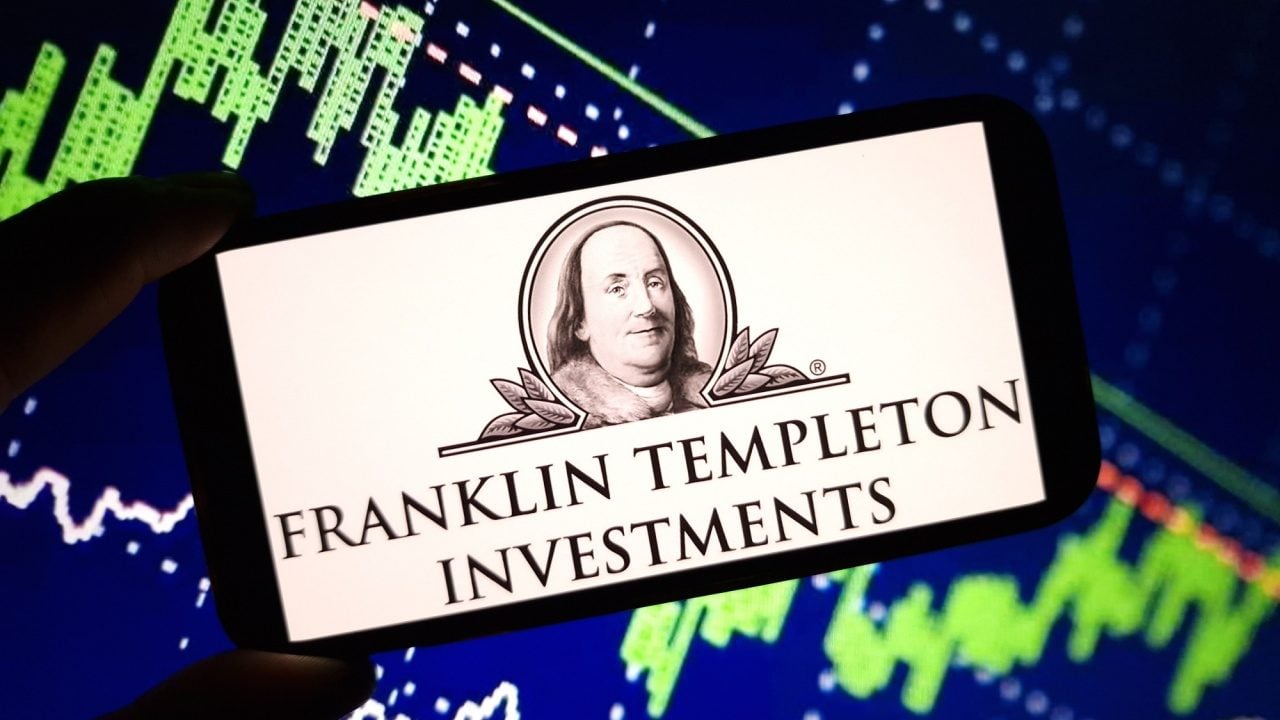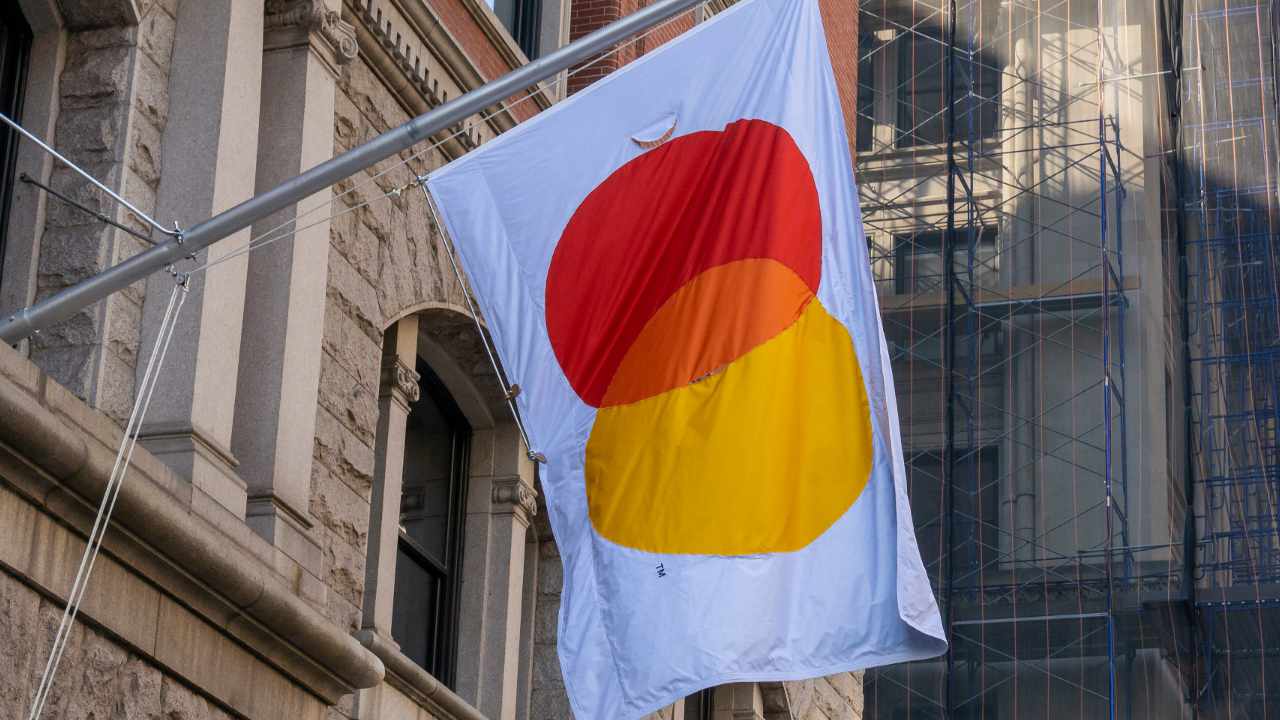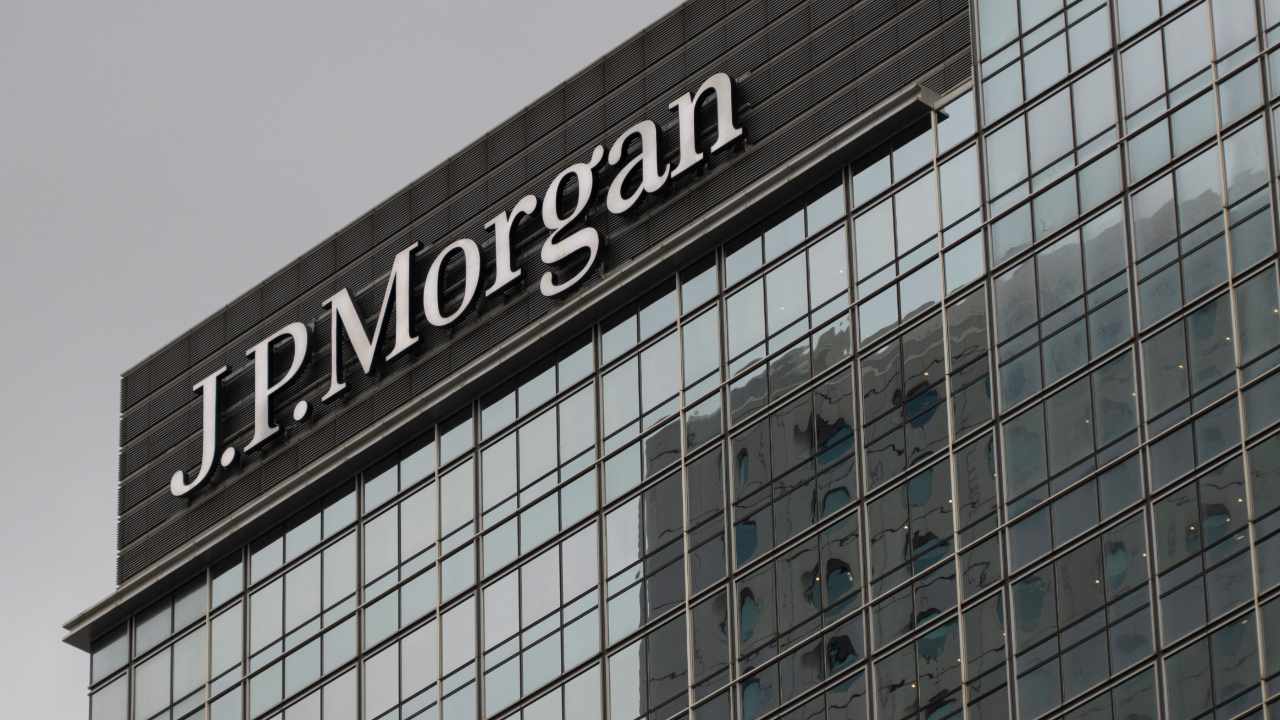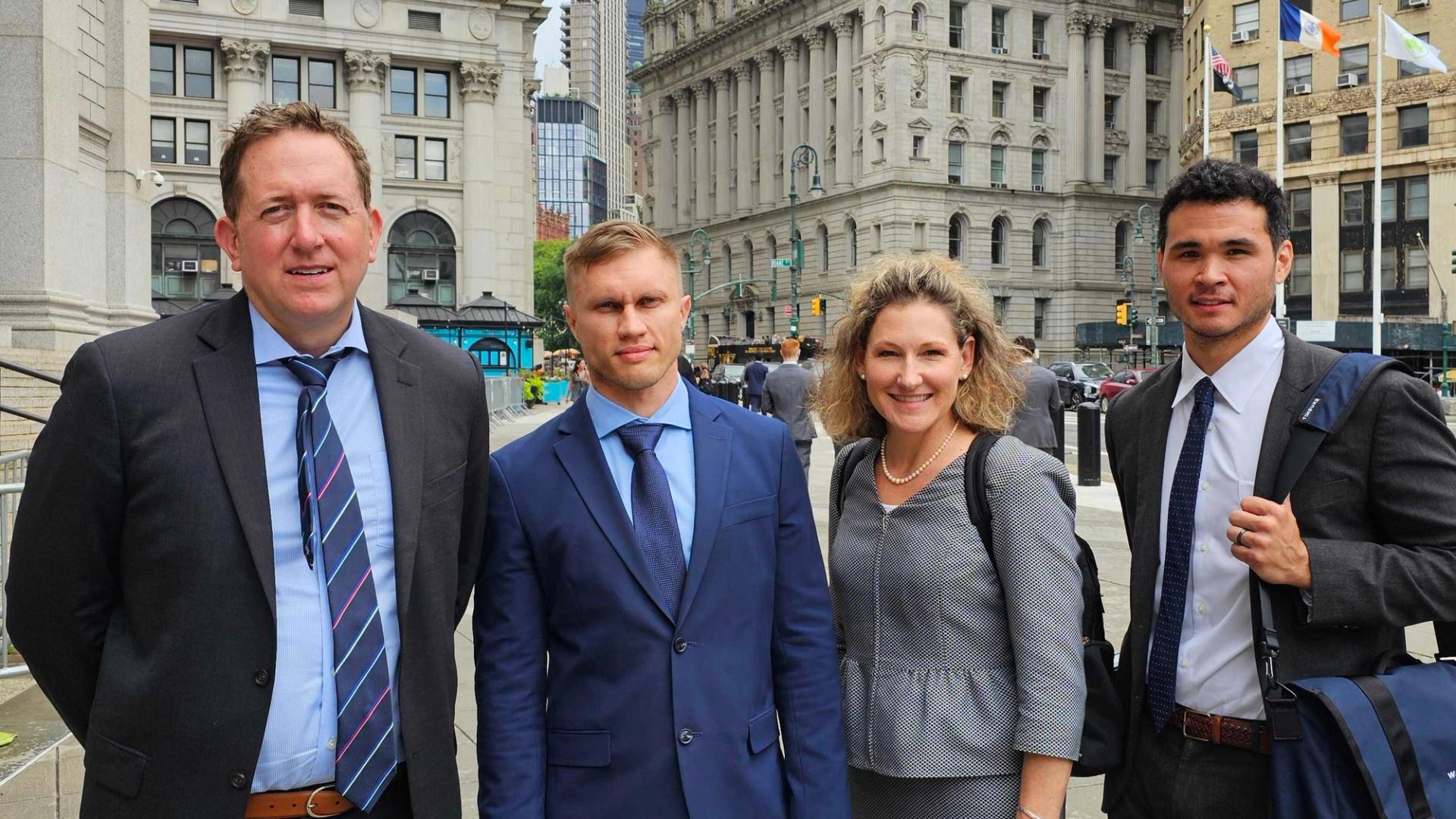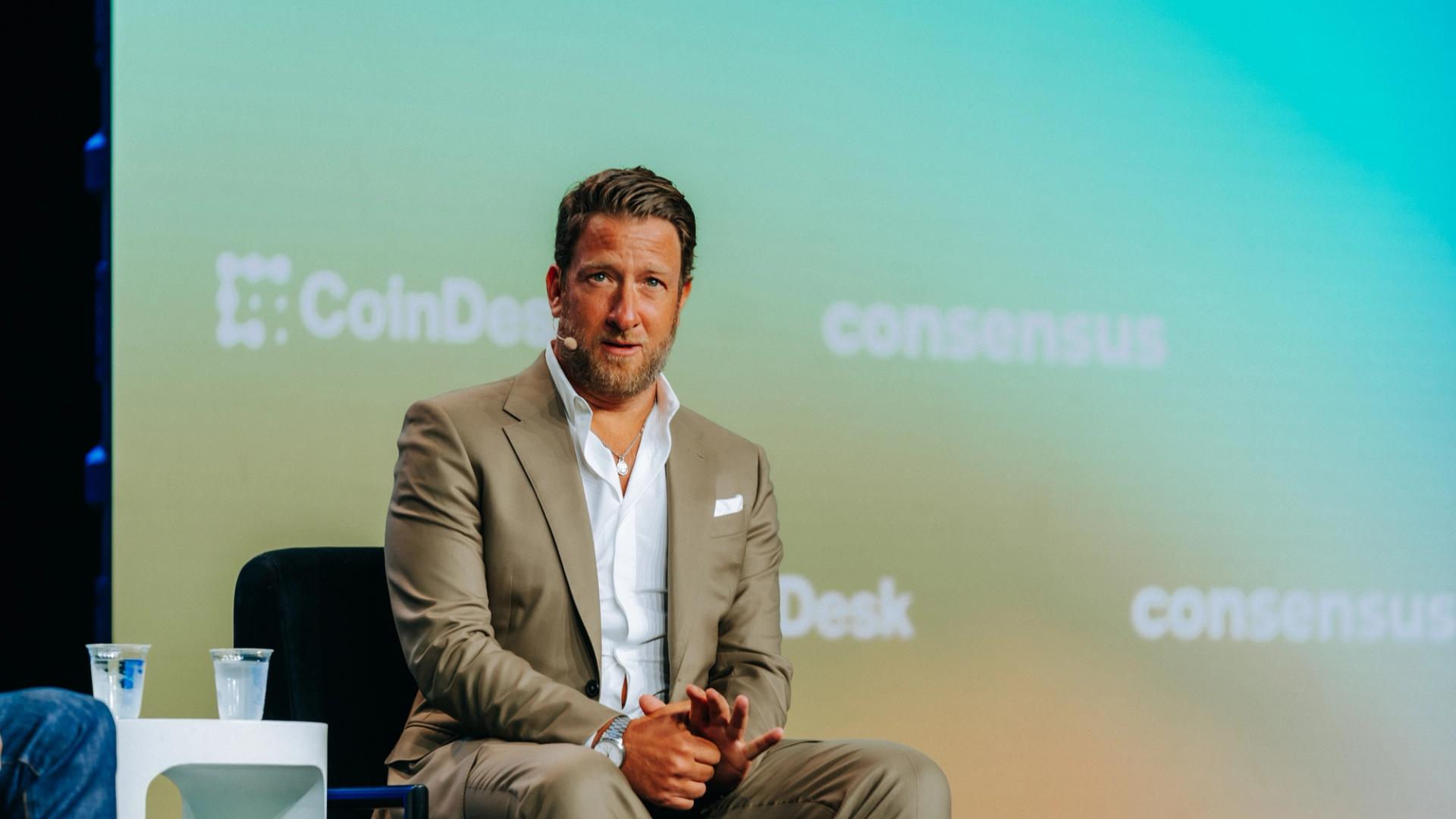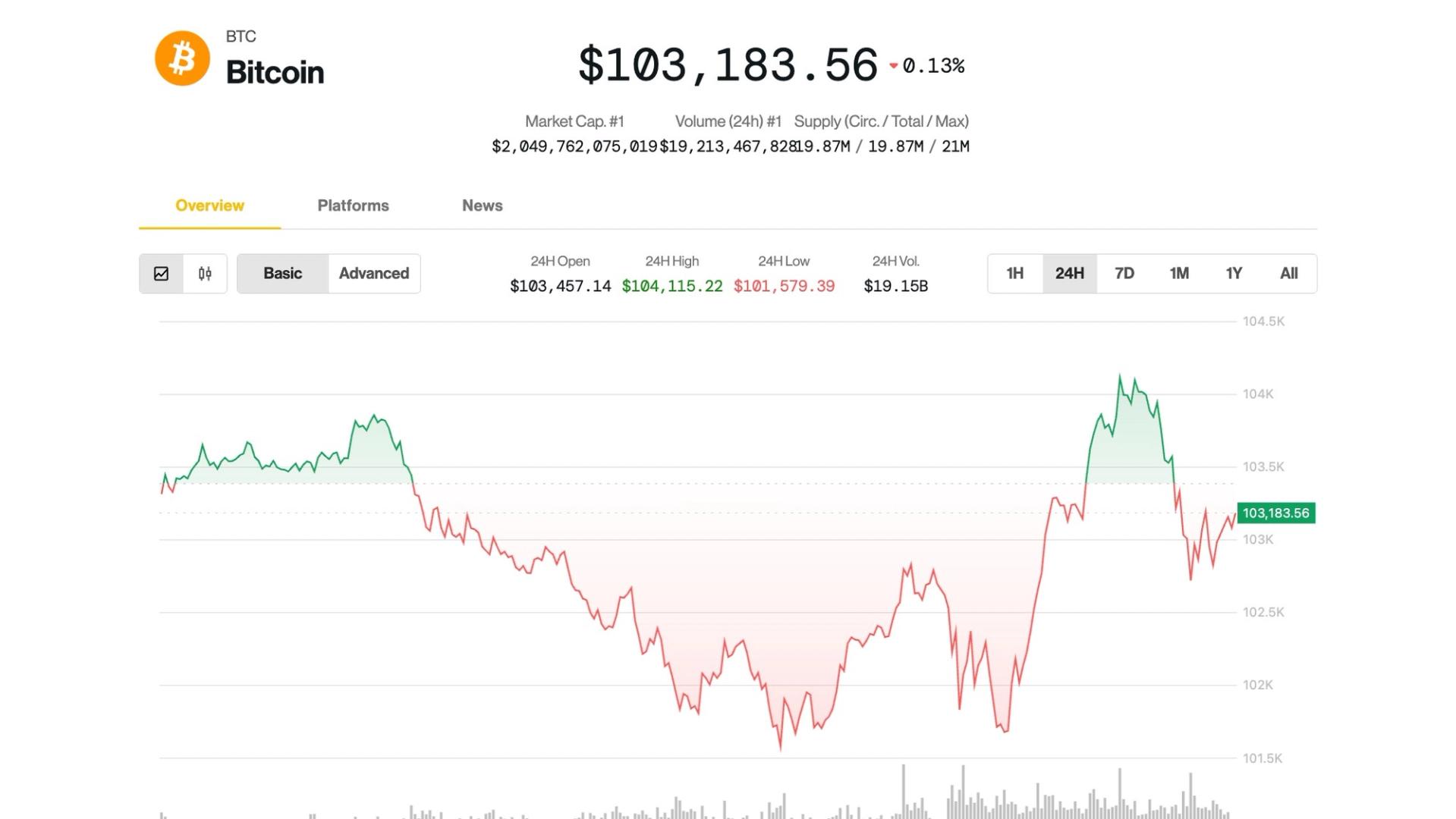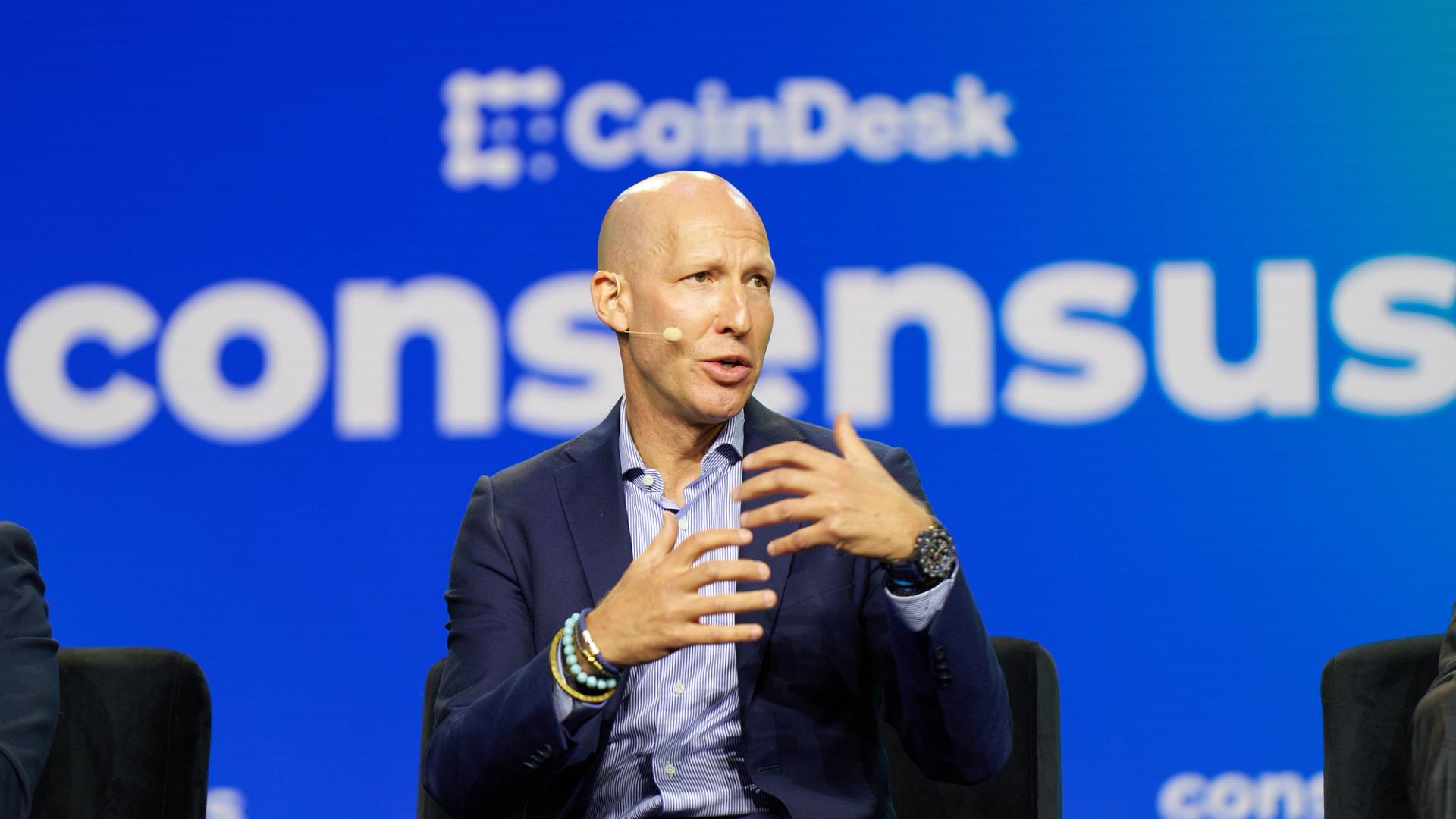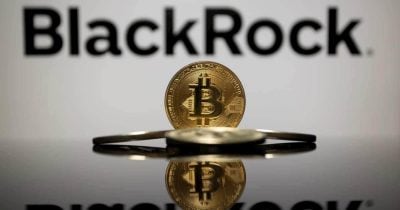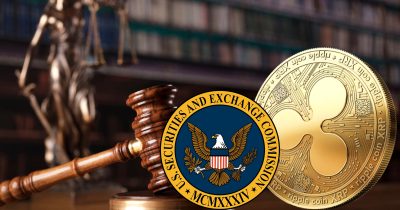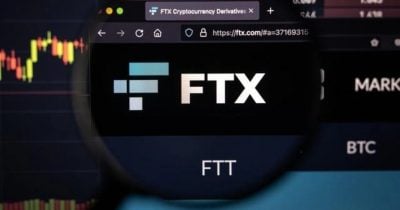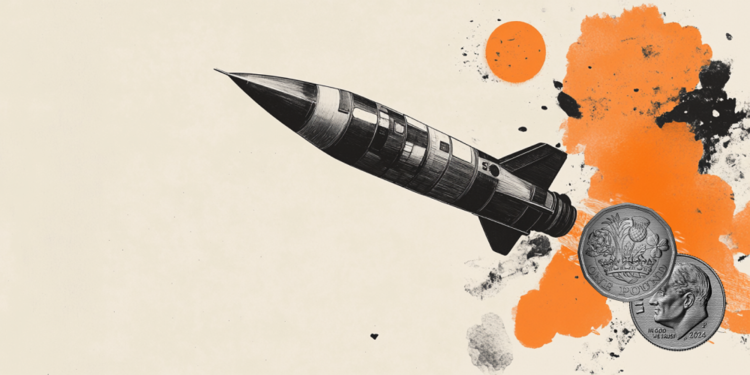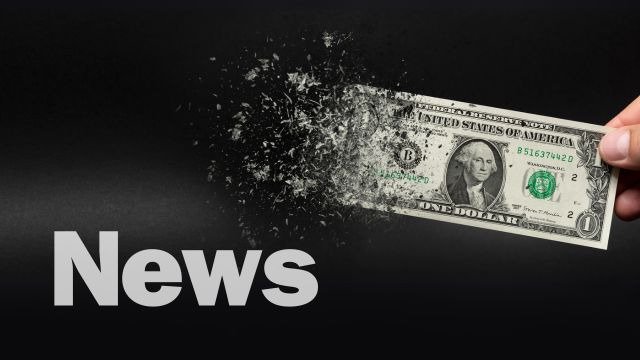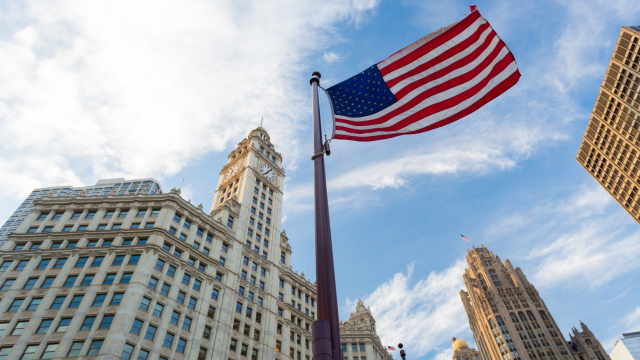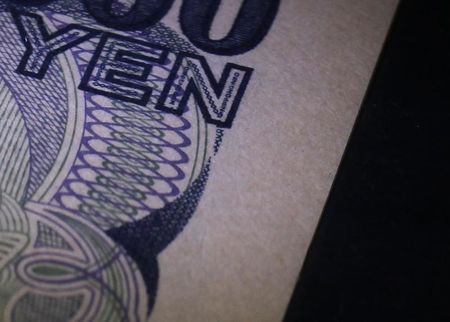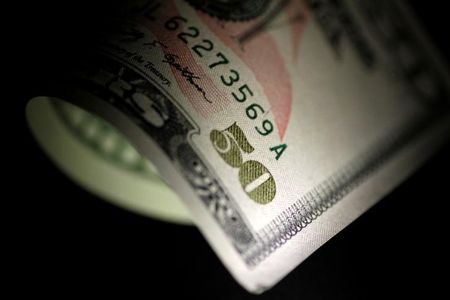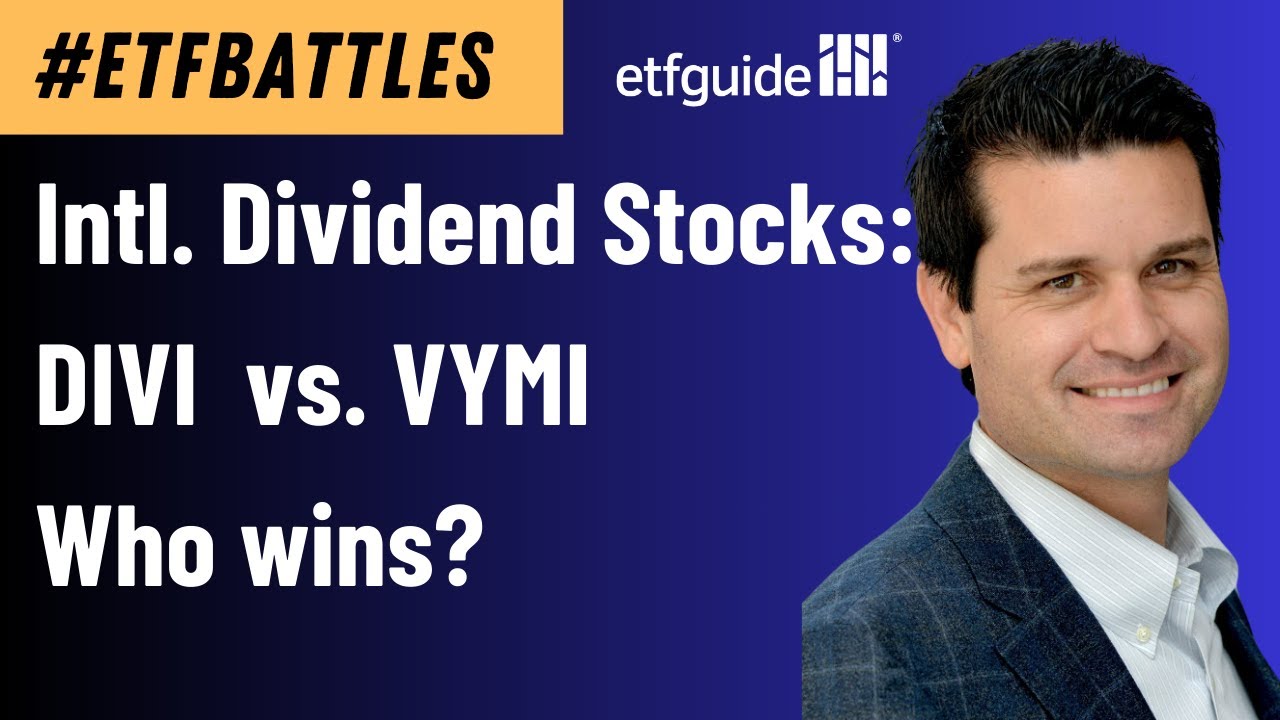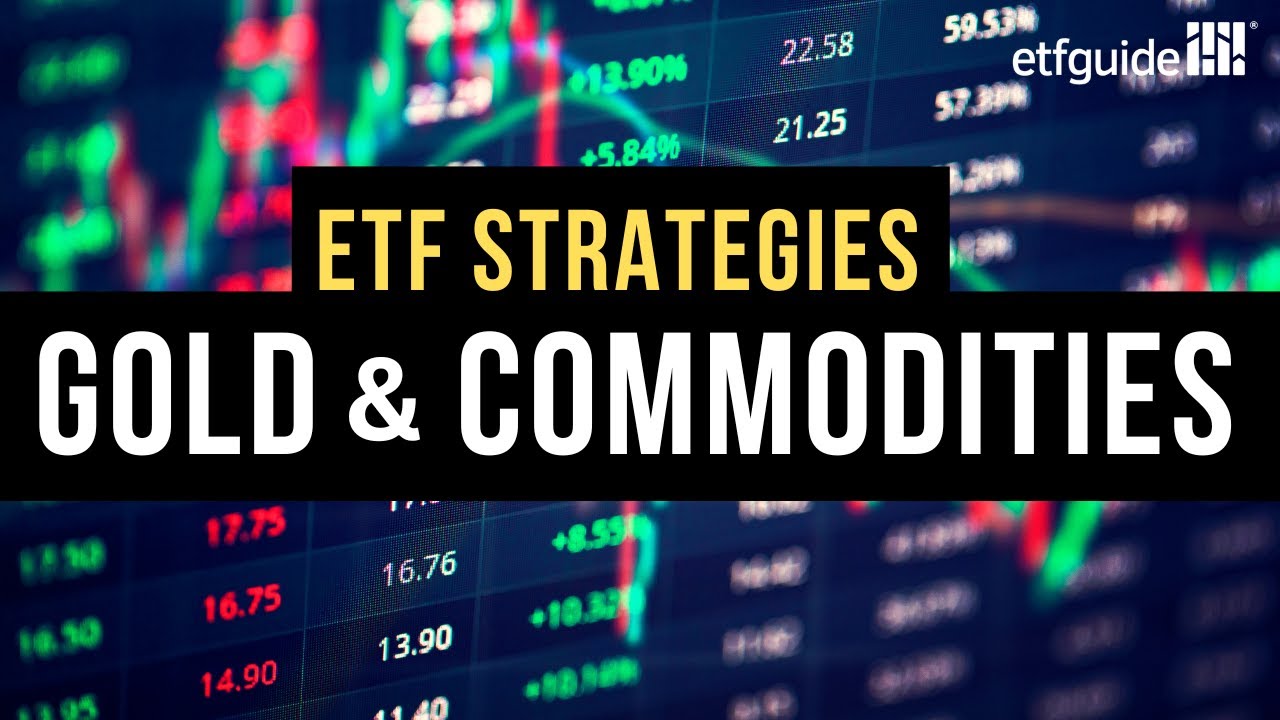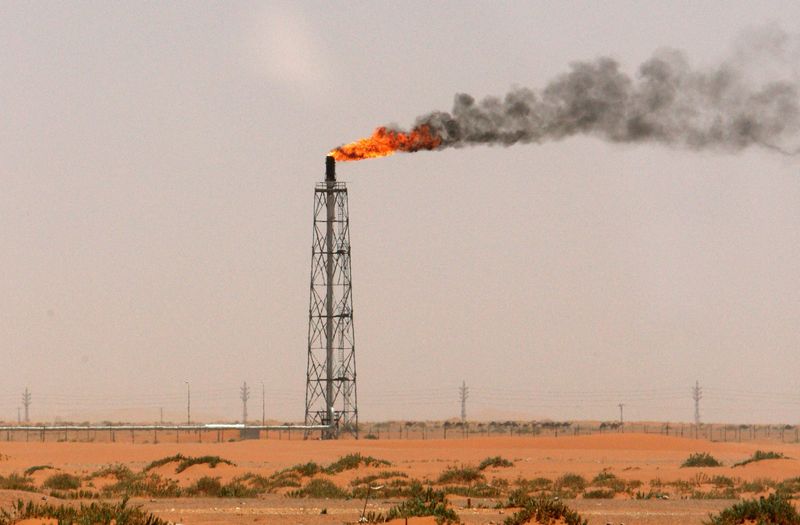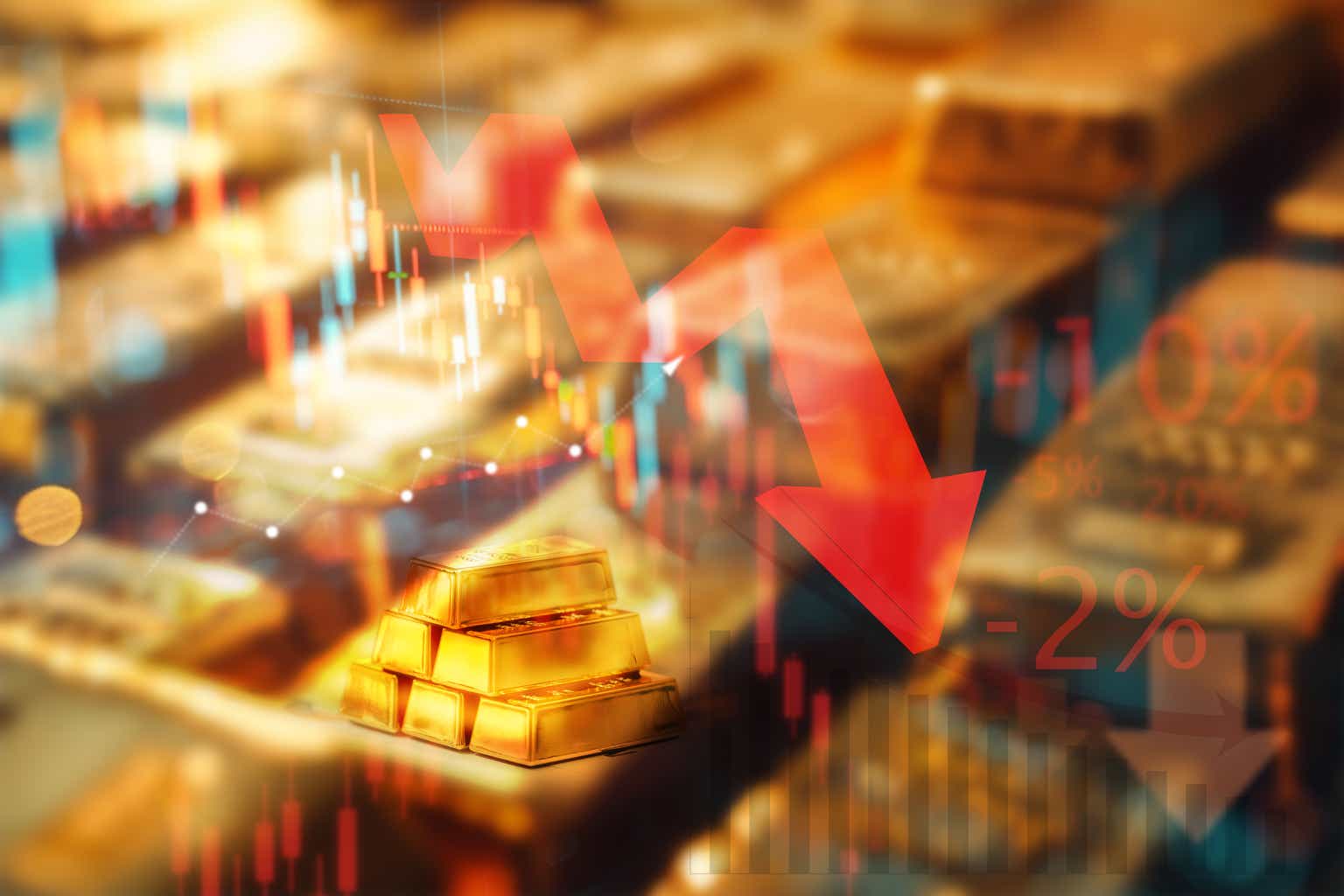Goldman Sachs resets interest rate cut forecast, recession outlook
Here's when the Federal Reserve may cut interest rates again.
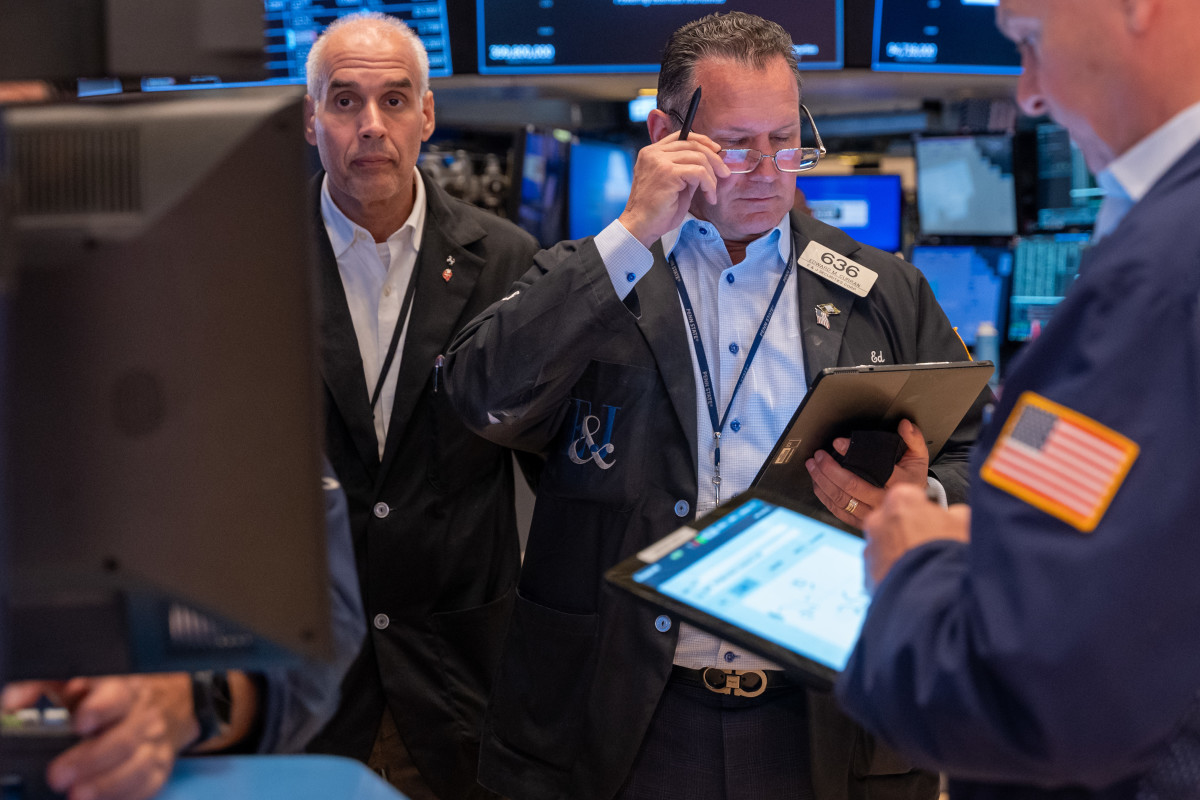
The economy is slowing, and everyone is wondering if this is a pause or something more ominous.
Those who think the U.S. economy is simply taking a breather point to wages outpacing inflation, retail sales strength, and relatively low unemployment and inflation. Meanwhile, those who are worried we’re entering stagflation or a looming recession point toward recent signs of job market weakness and the risk that tariffs reignite inflation, slowing spending, and sluggish consumer confidence.
There’s little question that debate has intensified following President Trump’s tariff announcements this year. The tariffs have been harsher than many predicted, increasing the threat of inflation and sending stocks on a roller coaster ride.
Related: Goldman Sachs announces major change to S&P 500 forecast
Initially, the S&P 500 retreated 19%, nearly entering a bear market. However, a 90-day pause in many tariffs on April 9 rekindled optimism that cooler heads would prevail, kickstarting an eye-popping 23% rally in the benchmark index.
The potential for trade deals to allow the U.S. economy to sidestep a recession got an additional boost when President Trump cut Chinese tariffs from 145% to 30% following what appear to be encouraging early trade talks last weekend.
The shifting tariff landscape has led major Wall Street firms to recalibrate their outlooks for recession and potential Fed interest rate cuts, including Goldman Sachs, one of the most influential banks in the world.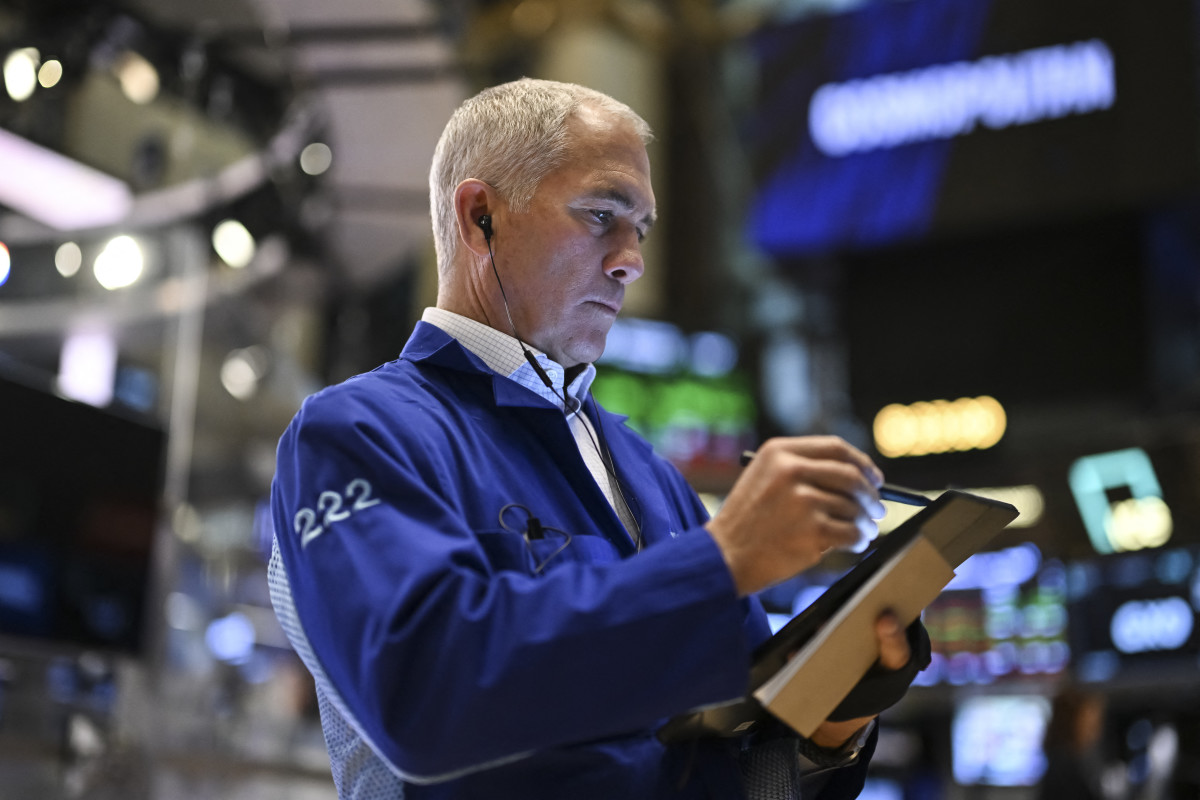
The Fed is trapped in a corner by its dual mandate
The Federal Reserve’s dual mandate is to encourage low unemployment and inflation, goals that often contradict one another.
When the Fed raises rates, like in 2022 and 2023, it slows the economy, lowering inflation but causing unemployment. When it cuts rates, like last fall, it accelerates the economy, supporting jobs but increasing inflation.
Related: Billionaire Steven Cohen sends hard-nosed message on US economy, stocks
Of course, those shifts don’t happen overnight. Changes in Fed monetary policy take time to work their way through an economy as big as the United States, and that means it can take many rate increases or decreases to have the desired effect on inflation or employment.
Unfortunately, we see exactly that playing out in real time this year. Last year, the Fed reduced rates by 1%, cutting in September, November, and December. The cuts were in response to an uptick in unemployment, partly due to the Fed's prior rate hikes. In April, the unemployment rate was 4.2%, up from 3.4% in 2023, according to the BLS.
Many assumed the Fed would continue easing rates this year to ensure employment remained strong, but inflation hasn’t cooperated. The Consumer Price Index showed CPI up 2.3% year-over-year in April, down only slightly from inflation of 2.4% last September.
The threat of tariffs boosting inflation later this year has led Fed Chairman Jerome Powell to press pause on additional interest rate cuts, awaiting more clarity on the inflation and jobs front.
The uncertainty over inflation and how unemployment evolves this year has sparked concern that the economy could slow, job losses rise, and inflation increase, leading to stagflation that would put the Fed in a particularly tough spot.
Those still hoping for Fed interest rate cuts this year were betting that stagflation and a potential recession would force the Fed to cut rates despite the risk of fanning inflation.
However, while positive for the economy, trade progress has reset the risk of stagflation and recession, potentially derailing additional Fed interest rate cuts.
Goldman Sachs updates its Fed interest rate cut and recession forecast
Goldman Sachs isn’t overly optimistic that interest rates will head lower anytime soon.
After President Trump announced lowering tariffs on China, Goldman Sachs' analysts sent a note to clients saying they don’t expect any cuts in 2025.
More Experts:
- Treasury Secretary delivers optimistic message on trade war progress
- Shark Tank's O'Leary sends strong message on economy
- Buffett's Berkshire has crucial advice for first-time homebuyers
“The announcement of a 90-day pause in the retaliatory tariffs imposed in April, which will leave the US and China with 2025 tariff increases of +30pp and +15pp, respectively, is much better than we had expected,” wrote the analysts. “Our team has raised their 2025 growth forecast by 0.5pp to 1% Q4/Q4 and reduced their 12-month recession odds to 35%.”
A lower chance of recession is good, but not necessarily for those in the “please cut interest rates” camp.
“The Federal Reserve is likely to be less keen to cut interest rates,” wrote the analysts. “Our economists now expect it to begin a series of three cuts later than they had previously expected.”
Goldman Sachs previously targeted rate cuts beginning again in July. Now, they’re targeting December.
They previously believed that rate cuts would happen at sequential meetings, but they think it’s more likely that the Fed will implement any cuts at every other meeting instead.
Related: Veteran fund manager unveils eye-popping S&P 500 forecast




